“Waterless funnel” of geopolitical conflicts From Armenia to Donbas
Armenian environmentalists have raised the alarm — the Armenian Environmental Protection and Mining Inspection Body has received a report that waste from the Akhtala Mining and Processing Plant is entering the waters of the Debed River.
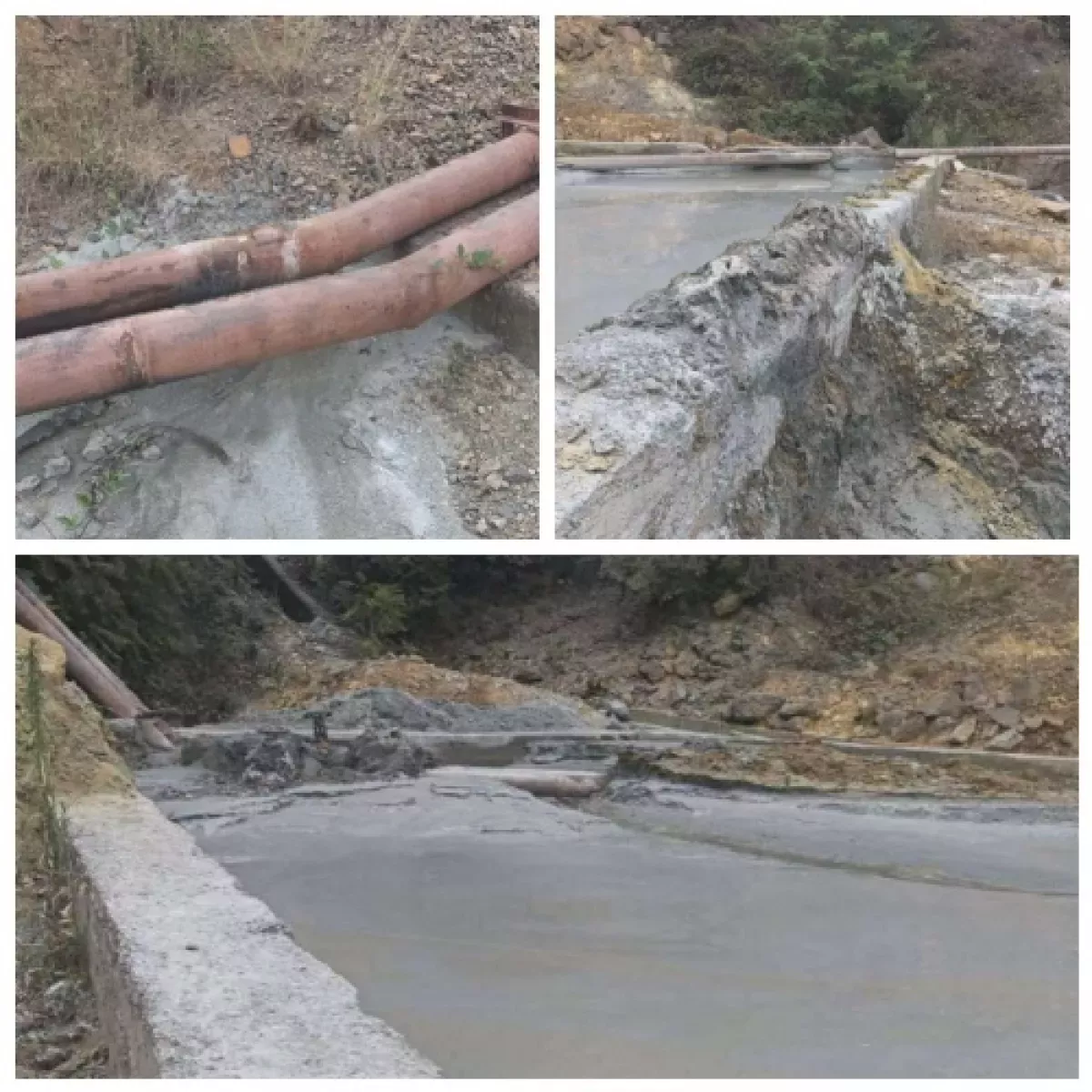
The Debed River flows through Armenia and Georgia, and on Georgian territory, it joins the Khrami River, which in turn flows into the Kura River, running through Azerbaijan. Inspectors from the Lori and Tavush regions verified the report, and the claim was confirmed. The pollution of the water body was caused by issues with the pipeline leading from the Akhtala Mining and Processing Plant to the “Nahatak” tailings storage facility.
Specialists from the Environmental and Mineral Inspection have appealed to the Armenian Investigative Committee, requesting urgent action against the enterprise posing a threat of an ecological disaster—not only to residents of Alaverdi and Akhtala, as well as the villages of Dsegh and Odzun, but also to neighbouring Georgia (as for Azerbaijan, where these waters ultimately flow, the environmentalists, for obvious reasons, chose not to mention it). Water and soil samples collected at the site of the incident and at various points along the river have been handed over to the investigators.
Notably, almost for the first time in the history of independent Armenia, environmentalists have expressed concern not only about the damage to their own country but also about its impact on neighbouring states. Meanwhile, the issue of water resource use—including the pollution of transboundary rivers in the South Caucasus—remains extremely acute. Armenia, which hosts numerous environmentally hazardous enterprises in its mining and metallurgical sector, continues to be the main source of pollution for the rivers of the Kura basin.
It is clear that both the South Caucasus countries and the states bordering the region will be compelled to develop common rules for the use of water resources and transboundary rivers to prevent future conflicts. There are more than enough potential points of contention. For example, Iran intends to divert part of the Aras River’s water to save Lake Urmia from drying up, raising the question of how this will affect the flow of the Kura River and the level of the Caspian Sea, which is already declining.
Around the world, conflicts and wars are increasingly linked to water. To prevent “water wars” in the South Caucasus, sources of tension must be addressed in advance. This requires a coordinated interstate policy that avoids confrontation over transboundary rivers. Worldwide, there are already examples where water issues have become a decisive factor in interstate relations.
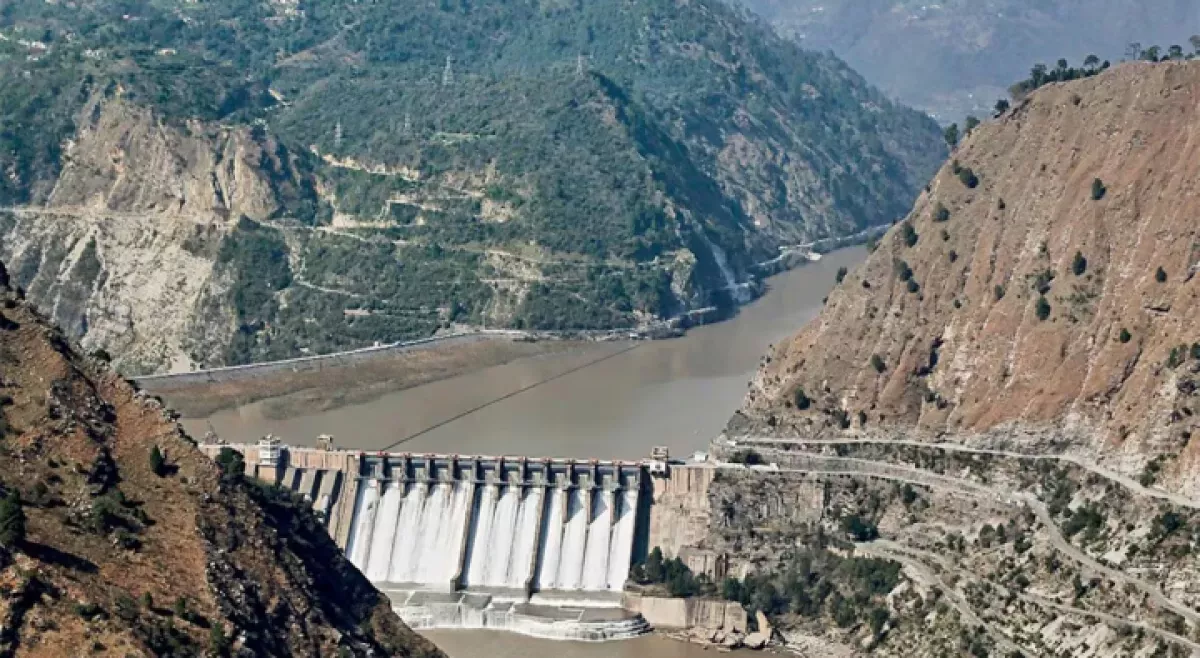
It is enough to recall the recent escalation between India and Pakistan, when India, violating the 1960 Indus Water Treaty, began blocking dams on transboundary rivers. For Pakistan, this threatened a disaster, and a sharp escalation of the conflict was inevitable. Only by a miracle was a large-scale war between the two nuclear powers avoided.
Today’s main conflict—the war between Russia and Ukraine—also has a “water dimension.” Moreover, the geopolitical trap Russia has walked into by redrawing borders and seizing Ukrainian territories is largely linked to Moscow’s failure to account for the “water factor.” Attempts to address the issue during the war have only worsened the situation, leading to a “water catastrophe” in the occupied Donbas.
Currently, Donetsk and most cities in the occupied territories are living on a strict “water ration.” Reservoirs have long been depleted. Previously, water was supplied for 2–3 hours every other day; now it comes even less frequently—once every two days, and not for all districts. Water does not reach the upper floors, and many neighbourhoods go without it for weeks.
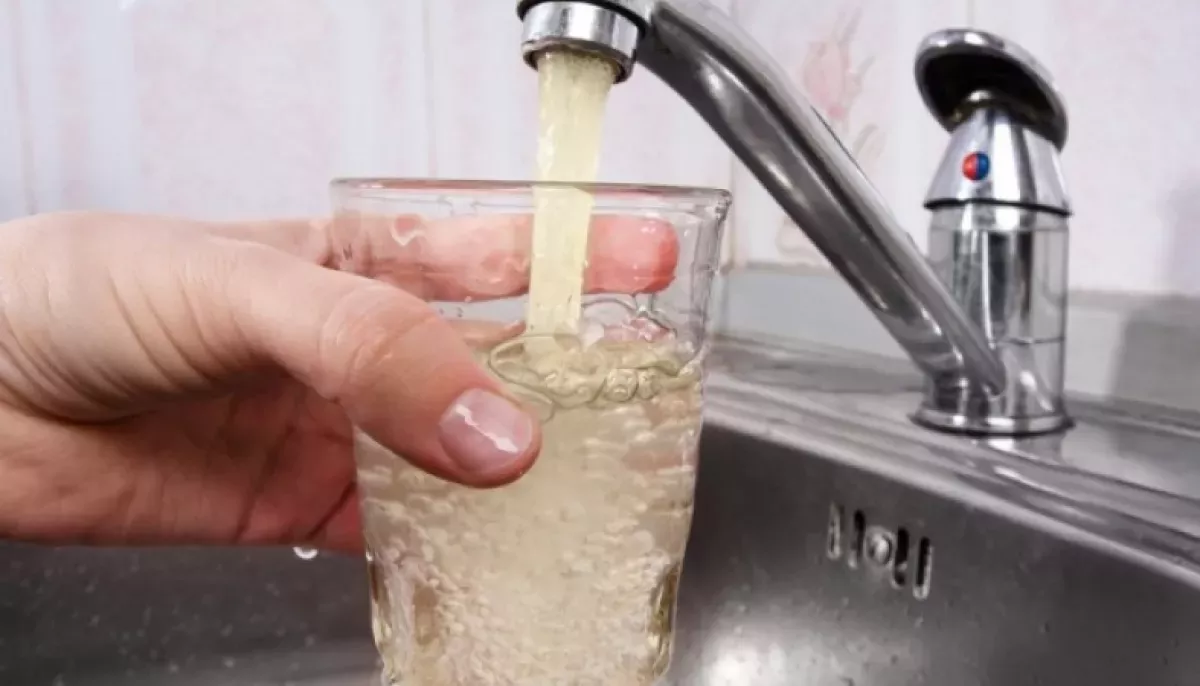
What flows from the taps during “supply” hours can barely be called water: it is unsafe to drink without boiling. The situation is further worsened by the fact that the local separatist leadership, headed by the former official of the financial pyramid MMM, Denis Pushilin, has established a lucrative business selling water to the population.
This is precisely why, in the current peace negotiations being attempted by U.S. President Donald Trump, it becomes clear why Vladimir Putin insists on controlling the entire territory of Donetsk Oblast. The fact is that Donetsk and much of the region received water through the Siverskyi Donets – Donbas Canal, which begins near Sloviansk, under Ukrainian control. Without restoring the operation of this canal, holding Donetsk Oblast would mean managing a territory facing a permanent humanitarian catastrophe. But even if the Kremlin gains full control over Donetsk Oblast, the problem will not be solved. The Siverskyi Donets would suffice for communal needs but not for restoring industry. And without industry, the population would be left without jobs and means of livelihood.
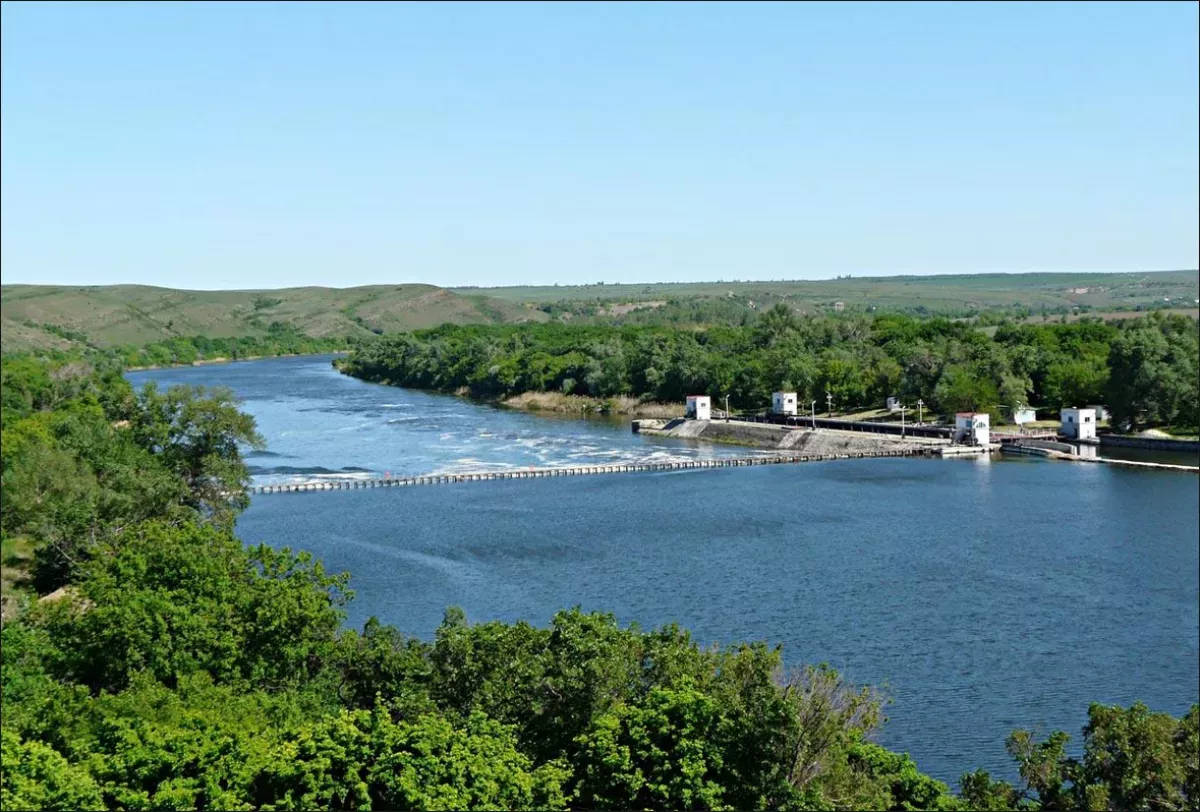
Before the war, water was additionally diverted to Donbas from the Dnipro River via the Dnipro–Donbas canal, which flowed into the Siverskyi Donets near Sloviansk. The loss of Sloviansk and the remaining parts of Donbas makes further pumping of Dnipro water pointless for Ukraine. Therefore, normal life in Donbas is possible only with the restoration of Ukraine’s territorial integrity. In a certain sense, this was precisely what the Minsk agreements envisaged—agreements nullified by Russia’s full-scale invasion in February 2022.
Before the invasion, Ukraine consistently supplied water even to occupied Donetsk: through the Siverskyi Donets–Donbas canal, water reached the upper reaches of the Kalmius River, which supplied Mariupol. Until 2022, Mariupol remained under Ukrainian control, and its metallurgy industry required vast amounts of water. Ukraine had to supply Donetsk to avoid cutting off Mariupol’s water. By capturing and destroying Mariupol, as well as the canal itself, Russia effectively deprived the occupied territories of their water source.
The annexed Crimea cannot fully develop either. In 2013, 87% of the peninsula’s water resources came through the North Crimean Canal from the Dnipro via the Kakhovka Hydroelectric Power Plant. After the annexation, Ukraine cut off the water supply, leaving Crimea in severe shortage. The Kremlin was forced to drill artesian wells, but freshwater reserves were limited and by 2022 were nearly exhausted.
Thus, Moscow faced a stark choice: either accept a permanent shortage, return Crimea, or “break through to the Dnipro.” Judging by subsequent actions, the Kremlin chose the third option, which became one of the main causes of the current catastrophe.
The invasion began on February 22, 2022, and by February 24, Russian forces had captured the North Crimean Canal. By March 2022, it was once again filled with Dnipro water. This was one of the key objectives of the “special operation.” In Istanbul at the end of March 2022, Russia made a “gesture of goodwill” by returning the occupied territories in Kyiv, Chernihiv, and Sumy regions to Ukraine, but the retention of the Kakhovka Dam and the canal was not even up for discussion.
The invasion began on February 22, 2022, and by February 24, Russian forces had captured the North Crimean Canal. By March 2022, it was again filled with Dnipro water. This was one of the key objectives of the “special operation.” At the end of March 2022 in Istanbul, Russia made a “gesture of goodwill” by returning the occupied territories in Kyiv, Chernihiv, and Sumy regions to Ukraine, but retaining the Kakhovka Dam and the canal was not even discussed.
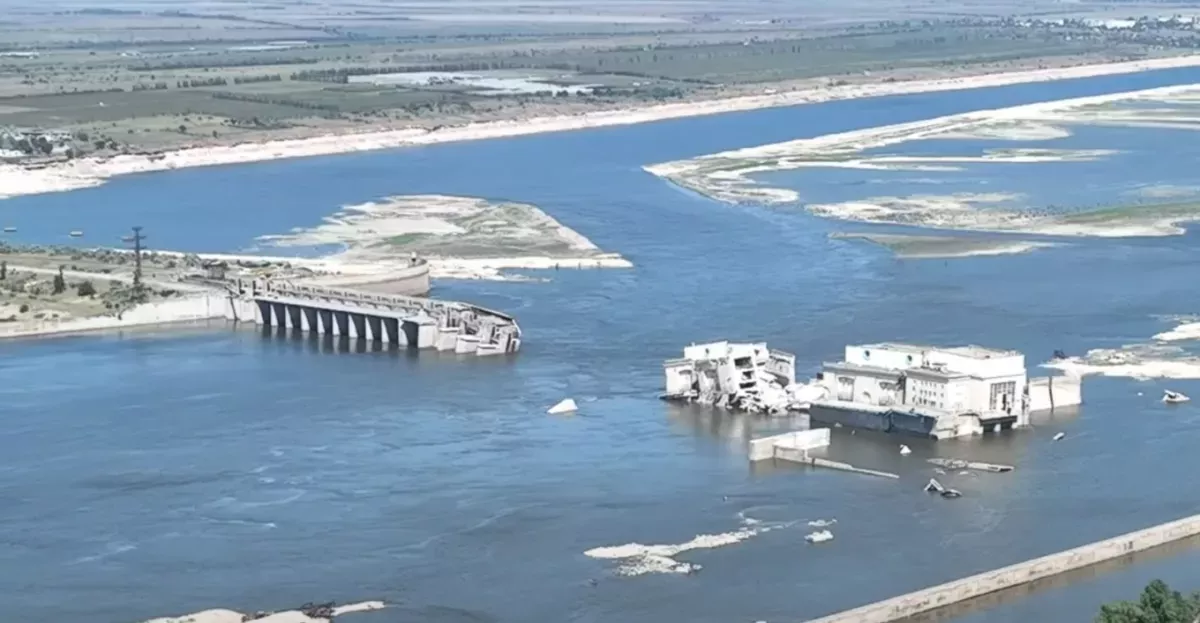
However, the war continued, and by the end of 2022, Ukraine had regained the right bank of the Dnipro in Kherson Oblast. The Kakhovka Dam ended up on the front line. After its destruction in June 2023, water supply to the North Crimean Canal ceased, and it cannot be restored without rebuilding the HES. The question remains the same as before: either return Crimea to Ukraine or capture the entire lower Dnipro. Russia no longer has the strength for the latter.
It is no surprise that official Russian propaganda ignores the “water catastrophe” in Donbas. Otherwise, the questionable “wisdom” of the Kremlin would become evident: despite expending enormous resources and costing hundreds of thousands of lives, Russia has still failed to solve the primary issue—water supply to the occupied territories.
Russia’s history shows the consequences of neglecting water issues. This lesson should serve as a warning to other countries: mistakes in “water policy” are far too costly.
Vladimir Tskhvediani, Georgia, exclusively for Caliber.Az








